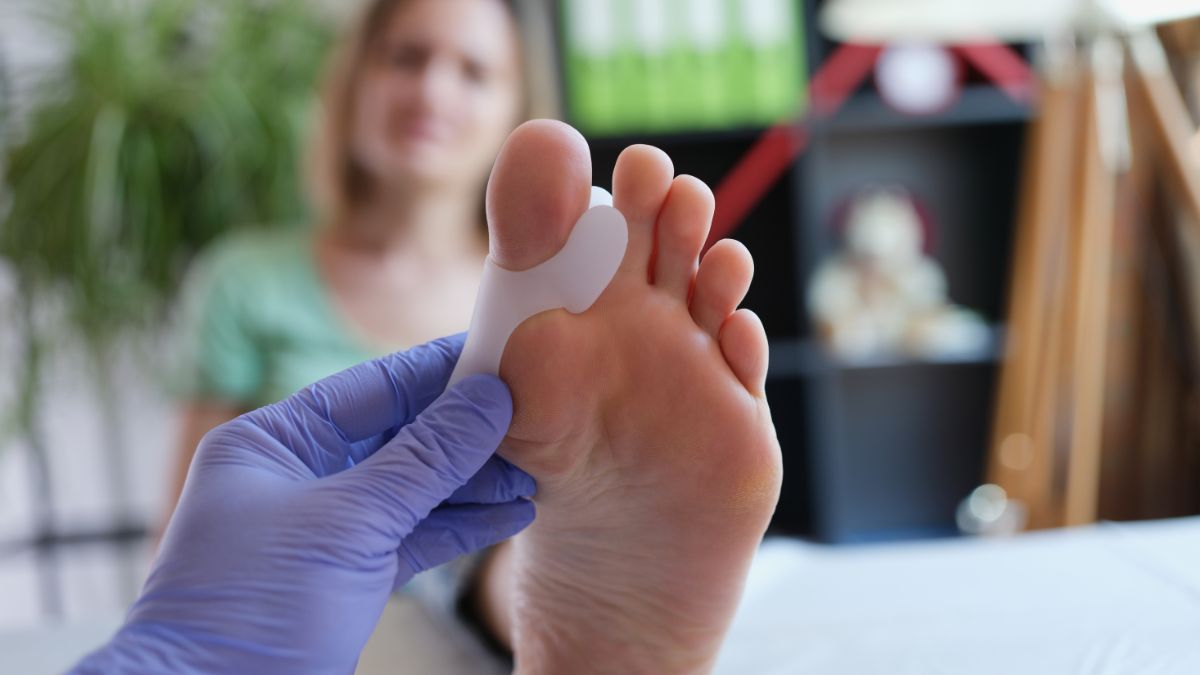- By Priyanka Munshi
- Tue, 16 Apr 2024 05:34 PM (IST)
- Source:JND
Orthopedic diseases comprise a broad spectrum of illnesses affecting various parts of the musculoskeletal system, including bones, joints, muscles, ligaments, and tendons. These disorders may arise from multiple factors, such as trauma, overuse, aging, or underlying medical conditions. They often manifest through discomfort, stiffness, swelling, restricted range of motion, and difficulty performing daily activities. Despite their particular rarity, many of these illnesses can significantly impact an individual's quality of life.
In a conversation with Jagran English, Dr. Hitesh Garg, Head of Ortho Spine Surgery at Artemis Hospital in Gurugram, discussed the about the 10 uncommon orthopaedic conditions you should know about.
Dr. Hitesh highlighted that orthopedic conditions encompass a wide array of musculoskeletal disorders, some of which are less common. He outlined ten uncommon orthopaedic conditions, as follows:
Osteochondritis Daissecans (OCD): OCD is a joint condition where a small bone segment separates from its surrounding region due to inadequate blood flow, causing pain, swelling, and limited mobility.
Avascular Necrosis (AVN): Also known as osteonecrosis, AVN occurs when bone tissue dies due to insufficient blood supply, often affecting hip, knee, or shoulder joints, triggered by trauma, corticosteroid use, or excessive alcohol consumption.
Heterotopic Ossification (HO): HO refers to abnormal bone formation in soft tissues like muscles or tendons, occurring after trauma, surgery, or as a complication of certain medical conditions such as spinal cord injury.
Osteomyelitis: This bone infection, typically bacterial in origin, can cause bone pain, swelling, fever, and, in severe cases, bone destruction.
Chondromalacia Patellae: Also known as runner's knee, this condition involves cartilage softening and degeneration beneath the kneecap, resulting in knee pain, especially during activities like running or stair climbing.
Ehlers-Danlos Syndrome (EDS): EDS comprises a group of connective tissue disorders characterized by joint hypermobility, skin hyperextensibility, and tissue fragility, leading to frequent joint dislocations, chronic pain, and other orthopedic issues.
Achondroplasia: A genetic disorder affecting bone growth, leading to dwarfism characterized by short stature, disproportionately short limbs, and skeletal abnormalities.

Orthopedic disorders may arise from multiple factors, such as trauma, overuse, aging, or underlying medical conditions.(Image Credit:Canva)
Legg-Calvé-Perthes Disease: This childhood condition involves temporary loss of blood supply to the hip joint, causing bone tissue death in the femoral head, resulting in hip pain, limping, and restricted movement.
Charcot Joint: Also known as neuropathic arthropathy, it entails progressive joint degeneration due to nerve damage, commonly affecting the feet and ankles of individuals with diabetes or other neuropathic disorders.
Osteogenesis Imperfecta (OI): OI, or brittle bone disease, is a genetic disorder featuring fragile bones prone to fractures, varying from mild to severe, often accompanied by frequent fractures, short stature, and bone deformities.
Dr. Hitesh emphasized that while these orthopaedic conditions are less common, they can profoundly impact an individual's quality of life, necessitating specialized treatment from orthopaedic specialists. Early diagnosis and appropriate management are crucial for optimizing outcomes and minimizing complications.

